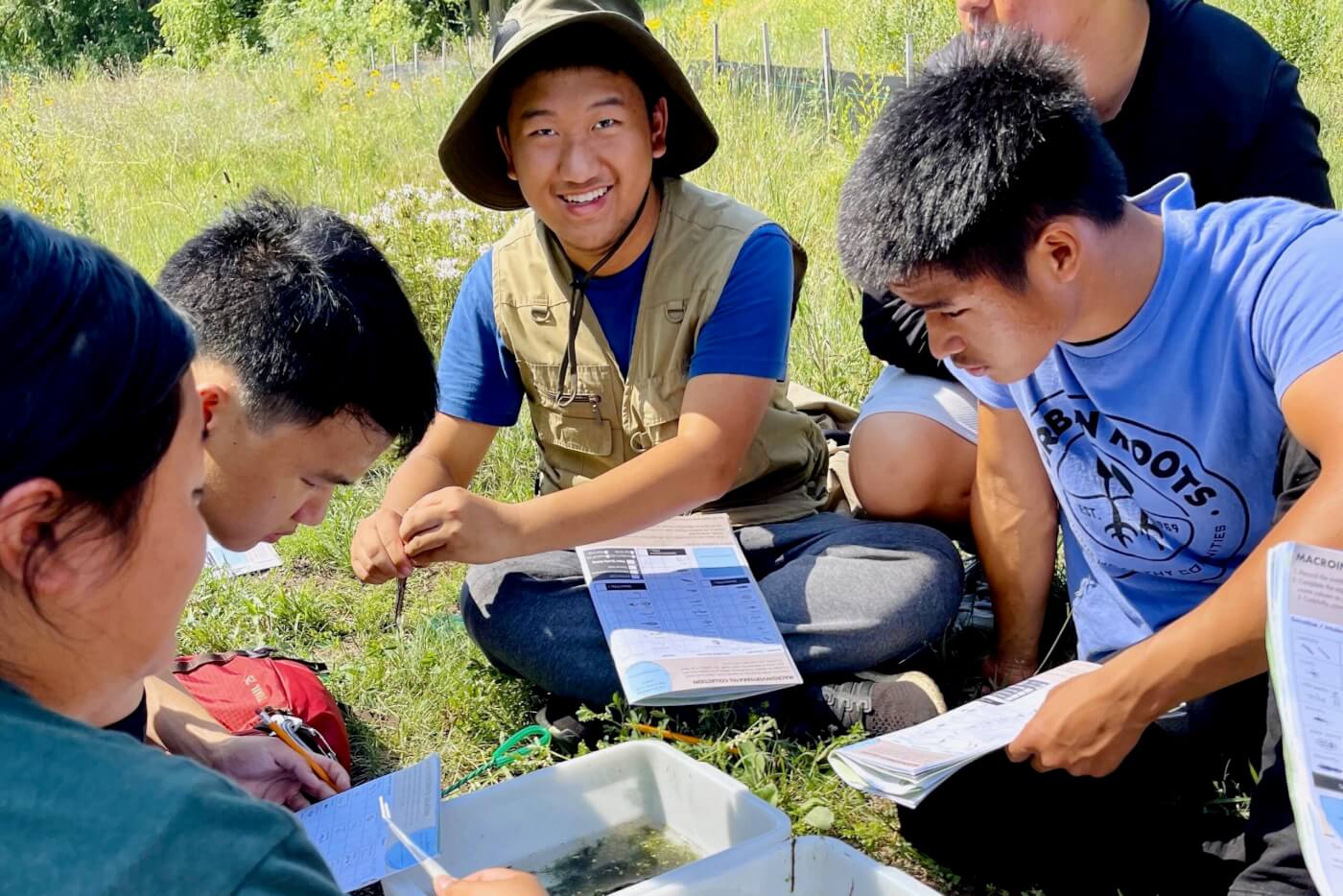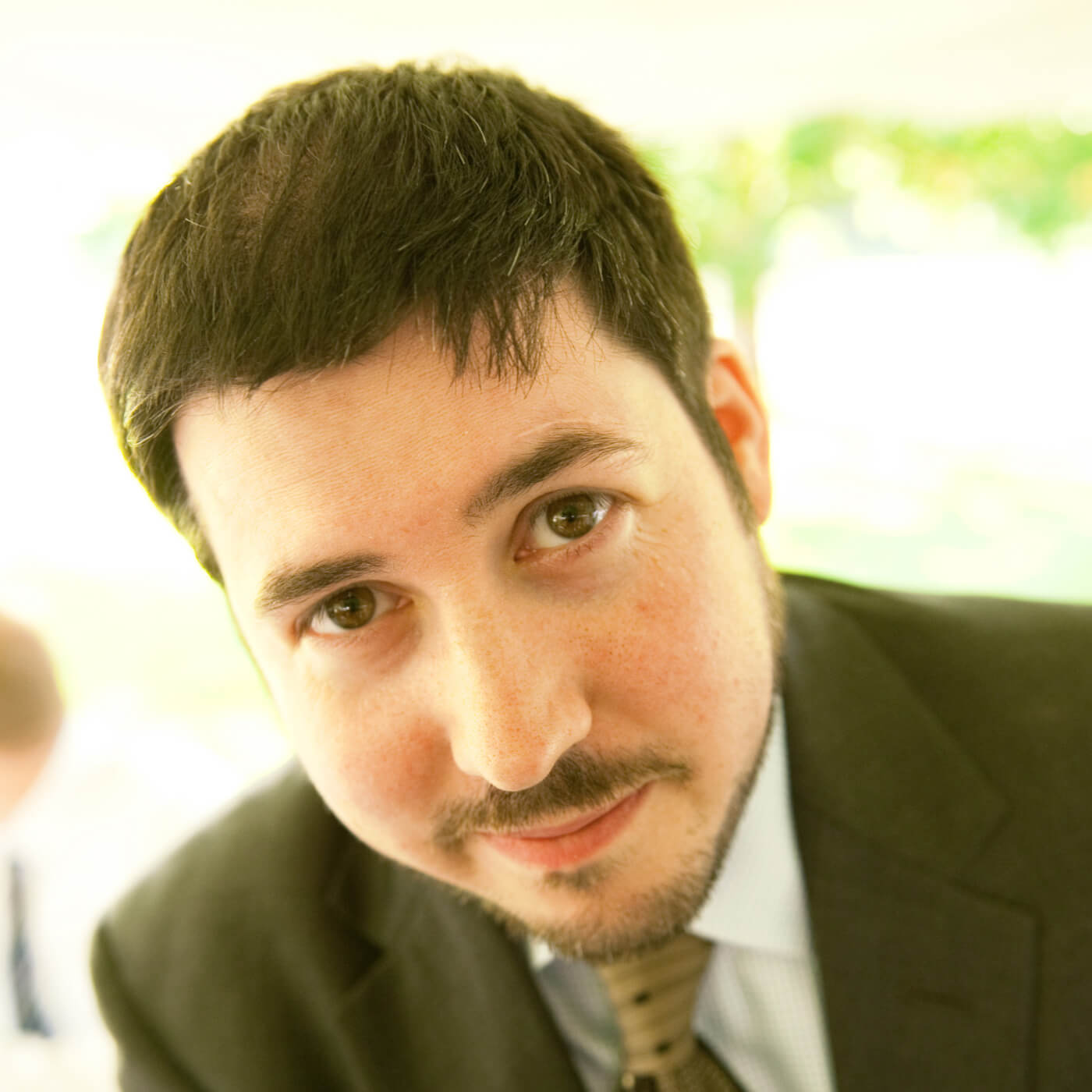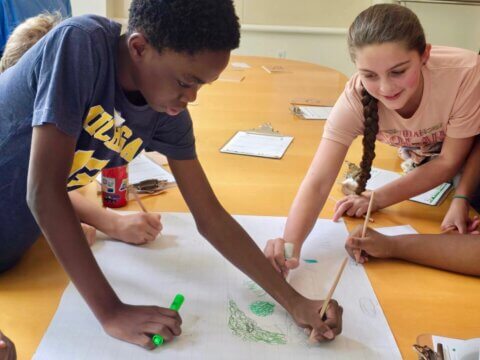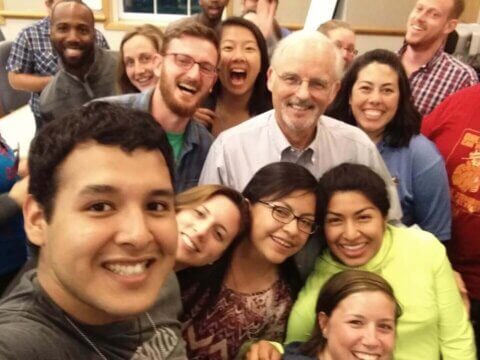GROWING POWER: Urban Roots connects young people with natural spaces, food systems – and one another
“Being in nature – it’s a luxury, right?”
Paloma Cardoza, a child of immigrants, leveraged her educational background in habitat restoration to work with a major nature conservation nonprofit. But as she worked with suburban retirees in Minnesota, she found herself surrounded by older people with the resources to volunteer their time, while wishing that she could connect with people whose stories reflected her own.
Then, Cardoza discovered east Saint Paul-based Urban Roots, where access to the “luxury” of green spaces is shared with as many as 80 youth interns, who are paid to engage with the land every summer.
“The fact that it’s a paid internship is really great,” says Cardoza, “because they get to go outside, and they get to build a relationship with their environment and their community. The kids also help at home with their income. It’s a great place for them to develop relationships – youth to youth, youth to community and youth to nature.”
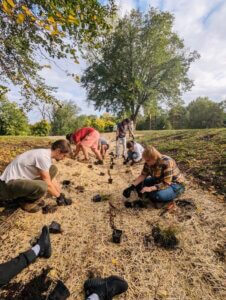
Photo courtesy of Urban Roots.
Urban Roots, which was originally incorporated as the Community Design Center of Minnesota in 1969, has evolved into a sophisticated platform for growing both natural spaces and young people in tandem. Its paid internship program is at the core of its mission, connecting young people with opportunities to restore wild spaces and harness the land to produce affordable and healthy produce. Youth from the east side of Saint Paul (many of whom are Black, Indigenous or People of Color, particularly Hmong) join a “Seed Crew,” progress in their second year to a “Grow Crew,” and advance into a “Harvest Crew” in their third year. After that, young people have opportunities to lead segments of the group’s three main programming areas: Conservation, the Market Garden and the group’s Cook Fresh program.
Cardoza now works as the Market Garden Program Manager for Urban Roots, and she helps oversee the planting, nurturing, growing, harvesting and sale of fresh produce at the group’s 1.5 acres of community gardens.
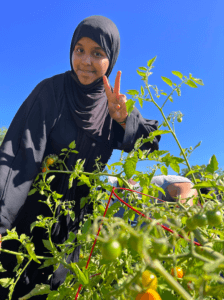
Photo courtesy of Urban Roots.
“We grow all kinds of produce: watermelons, radishes, broccolini, peppers, a bunch of different things,” says Cardoza. “We get a lot of feedback from the kids on what they’d like to grow. We have a wide variety of produce and during the summer on Saturdays we sell it at the Mill City Farmers Market, and the kids get to actually go to that shift.”
At the Mill City Farmers Market, the group’s market coordinator works with interns to sell the produce. As a result, young people see the whole “seed-to-table” process, including chats with customers and public demonstrations. The group also supports a pop-up market at the Arlington Hills Library in Saint Paul, just two blocks from the Urban Roots main office.
TELLING THE STORY OF A PLACE
Agriculture is key to Urban Roots’ programming; so is land conservation. Conservation Program Manager Thia Xiong helped the group develop a formal curriculum to connect its interns with lessons in conservation, focused on an intense nine-week program in the summer. “Every week has a different focus,” says Xiong. “It could be water quality one week or plants another week. We write the curriculum every year, and there’s also a journal that goes along with the curriculum that youth can use to pair with their learning. In the curriculum itself, there are also reflection questions.”
At the heart of many of those questions is the role of Indigenous narratives, history and culture in shaping the lands of the Upper Midwest. The conservation program helps teach youth about the significance of Anishinaabe and Dakota influence by connecting Indigenous practices with other agricultural traditions and cultural narratives within the curriculum.
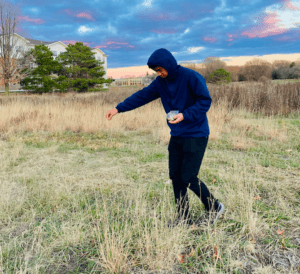
Photo courtesy of Urban Roots.
Xiong explains these questions are included “so youth can understand the ancestral lands that we’re on here.”
“We talk about that narrative a lot,” says Xiong, “and the history of place. What I’m doing right now is paralleling that with the Indigenous history of the Hmong people. Our practices and history are very parallel to what’s happened in this place – and land management, too – just on another continent on the other side of the world.”
Xiong further emphasizes the group’s lessons on place by leading field trips to state parks well beyond the Minneapolis-St. Paul metro home base. A recent trip took young people to Minneopa State Park in Mankato, Minnesota, a part of the state rich in history.
“At this particular state park, they have a lot of information about Indigenous history because the city of Mankato has an in-depth history with the Dakota people,” says Xiong. “They had bison there, which was a first for a lot of the kids to see. We also visited Reconciliation Park, the present-day location of the largest mass hanging that was ever done in this country. It correlates back to the 1862 Dakota War,” she adds. The field trips help participants understand how the land they are working on relates to the group’s conversations about race, place and history.
‘PART OF A FAMILY’
Urban Roots board member and vice president Daniel Yang worked as an intern for the group from 2012 through 2016, building on those experiences to win a Fulbright scholarship to teach English in Thailand and, eventually, a communications job in the private sector. He looks forward to pushing the group’s mission of sharing food knowledge and accessibility still further.
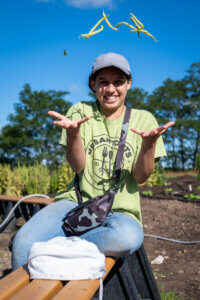
Photo by Lauren Cutshall.
“We want to grow our Cook Fresh program,” says Yang. “We have a food truck and we want to expand more of that program to communities in eastside St. Paul. We want to uplift that utilization of food security.”
Urban Roots’ Cook Fresh program helps interns learn valuable skills in food preparation, nutrition, safety and planning, all while using seasonal crops from local farms – including produce from Urban Roots’ own acreage! Guest chefs teach interns how to make a diverse array of culturally relevant dishes, while the program’s “public pop-up dinners” help share delicious meals with the community.
Yang is also hoping to increase support for Urban Roots’ incredible programming. “We’re looking forward to engaging more with donors,” he says. “Once you’re in the program, you’re part of a family – it does a really great job of increasing the confidence of youth and developing their skills.”
For Paloma Cardoza, that skill development includes learning how to navigate the academic system that gatekeeps future career choices for young people, as well as navigating family pressure to succeed. “A lot of the kids in the program are graduating high school and feeling that pressure from their families, to be a doctor or a lawyer or a teacher… they really stress there are only three careers,” she says, only half-jokingly. “When you think of something that is more aligned with the stewardship of the land, they’ll say: ‘I came to this country to make a better life for you, and I didn’t want you to have to do this here.'”
The connections Cardoza found in Urban Roots helped her better understand and moderate that pressure, while also helping her carve out a career connected to the land – and to people. That may be what makes Urban Roots unique – as much as it’s focused on young people working with the land, it’s equally focused on connecting youth with one another, as well as the diverse communities and narratives that surround them.
The perfect pairing: Youth development and nature connection, a Finding Nature News story
Research Digest: Gardening with and for children
Planting the rainbow: Garden-based education in the ‘Salad Bowl’, a Finding Nature News story
Sowing seeds for healthy habits: Farm to Early Care and Education, a Finding Nature News story
Learn about Atiya Wells, recipient of the Richard Louv Prize for Innovation in Nature Connection, and her effort to start a local garden that provides fresh, healthy food to her community
-
Network News
POLICY UPDATE: Policy and advocacy for the children and nature movement
-
Voices
Binoculars, bald eagles and my journey as a Black birder
-
Richard Louv
THE WONDER BOWL: Ten Spring and Summer Nature Activities for Kids and Adults
-
Network News
Minneapolis Spotlight: The promise and possibilities of parks for youth
-
Voices
Why nature is my motherhood ally


